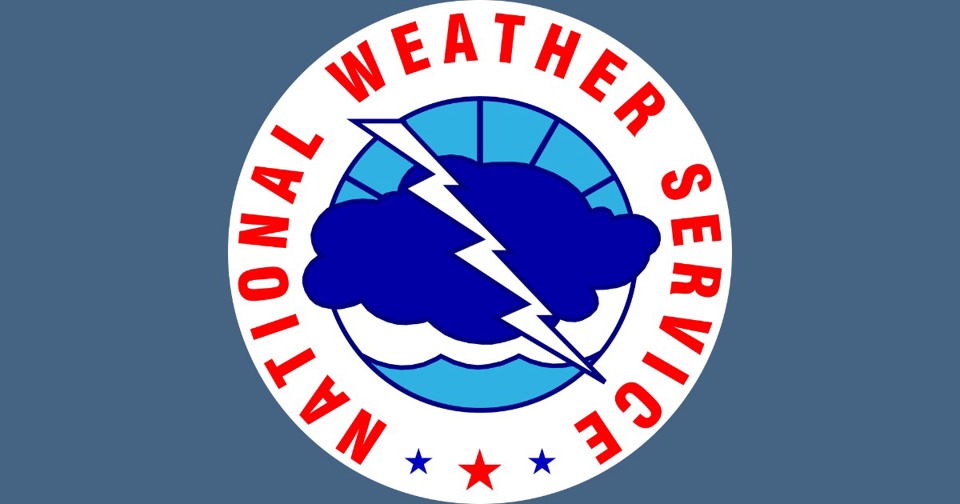NOAA’s Winter Outlook Leaves the Region Somewhere In the Middle

Last week, NOAA released its U.S. Winter Outlook. The outlook is for December 2024 through February 2025. For the U.S. as a whole, the general trend leans toward cooler and wetter conditions across the north and drier and warmer conditions across the south. That leaves south central Nebraska and north central Kansas somewhere “in the middle”. Forecast maps and video explanations of NOAA’s Winter Outlook can be found HERE.
More specifically, and despite the expected development of weak La Nina conditions in the Central Pacific Ocean, there are no strong trends to sway the outlook either way for the local area. That means, the official outlook calls for the same percentage chance (33.3% each) of above, below or near normal temperatures and precipitation for December, January and February across south central Nebraska and north central Kansas.
Despite this ambiguity, there may be a few things to glean from past weak La Nina winter periods that could help us anticipate what the winter ahead may look like.
Temperatures
● Since 1950, there have been 12 winter periods with weak La Nina conditions.
● Of the 12 winter seasons, 9 (75%) were near normal or cooler than normal. Three winter seasons were warmer than normal.
● Armed with this, it may be reasonable to assume the upcoming winter could favor near to slightly cooler temperatures.
Precipitation (total)
● Since 1950, it has been split. Half (6) of the winter periods have been drier than normal and half (6) have been wetter than normal
● One trend that does stand out was during the drier winter seasons; the dryness was very pronounced (i.e. much, much drier than normal) in several cases, including 2008-09 and 2005-06. Only one winter was markedly wetter than normal (2022-23).
Snowfall
● Since 1950, history tells us snowfall has typically averaged near normal during weak La Nina winters in south central Nebraska and north central Kansas. There has been some trend toward less snowfall in western Nebraska, western Kansas and eastern Colorado.
What does it all mean?
Hard to say specifically, but the winter ahead will likely be one of “normal variability” in terms of both temperature and precipitation. Typically, La Nina winters bring frequent storms from the Pacific Northwest and Northern Rockies which translate into frequent and wide range temperature swings behind fast-moving frontal boundaries. Another thing to watch for is the timing of snow, which has trended later into the winter season (i.e. more snow in the January, February timeframe) in recent years.
The bottom line is no matter what this winter will bring, we all need to be “Winter-Weather Ready”. You can do that by learning more about the hazards of winter and preparing you, your family and your business for the hazards which will most likely impact you.
